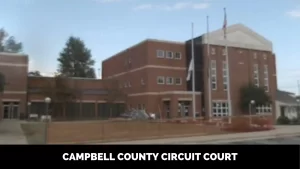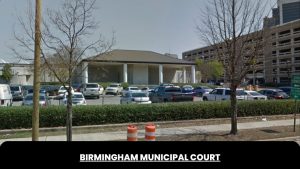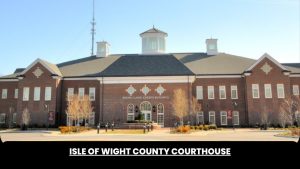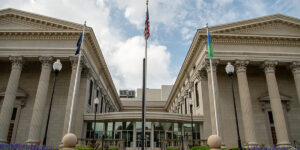Courthouses: The Heart of Legal Proceedings
Courthouses stand as the cornerstone of legal proceedings and justice in various societies. These buildings hold immense significance, acting as the focal point for legal matters, court trials, and administrative functions. With their unique architecture and vital role, courthouses have played a central role in shaping legal systems across different cultures and regions.
The Essence of Courthouse
Understanding the Role and Function
Courthouses, often referred to as court houses, are dedicated structures designed to house local courts of law. In some cases, they also accommodate regional county governments. Their primary purpose is to provide a physical space for legal proceedings, trials, hearings, and other legal matters. A courthouse serves as a platform for lawyers, judges, defendants, plaintiffs, and witnesses to engage in the process of justice.
Courthouses around the World
Contrasting Terms and Architectural Styles
The terminology used to refer to buildings that house courts of law varies across different English-speaking countries. While North America predominantly uses the term “courthouse,” other countries opt for “court buildings” or “courts.” In continental Europe and former non-English-speaking European colonies, the equivalent is the “palace of justice.” This contrast in terminology is reflective of the diverse legal traditions and historical influences in these regions.
The Courthouse Landscape in the United States
A Hub for Legal Affairs
In the United States, courthouses hold a unique position within the local legal framework. They are not only venues for legal proceedings but often house county government offices as well. Positioned centrally in most counties, courthouses can be standalone structures or part of larger government complexes. The county seat typically hosts the courthouse, though larger counties might have satellite offices for their courts.
Multifunctional Spaces
Courthouses in the United States sometimes have multifunctional roles. For instance, Philadelphia City Hall serves as the legislative and executive hub for the City and County of Philadelphia, while also accommodating the Civil Division of the Philadelphia Court of Common Pleas. This blend of administrative and legal functions highlights the dynamic nature of these buildings.
Diversity in Courthouse Facilities
From District Courts to Federal Buildings
Courthouses extend beyond local courts, encompassing federal facilities as well. United States district courts are equipped with buildings housing courtrooms, chambers, and clerk’s offices. Federal judicial districts often divide into divisions, each potentially having its own courthouse. Notably, some federal courts are housed within rented office spaces, sharing buildings with other agencies or commercial tenants.
Courthouses in Popular Culture
A Symbol of Justice
Courthouses are deeply ingrained in the American cultural landscape, symbolizing the pursuit of justice. They frequently appear in cinematic portrayals, contributing to their iconic status. From small-town rural structures to grand metropolitan courthouses, these buildings vary widely in architectural styles, including federal, Greek Revival, neoclassicist, and modern.
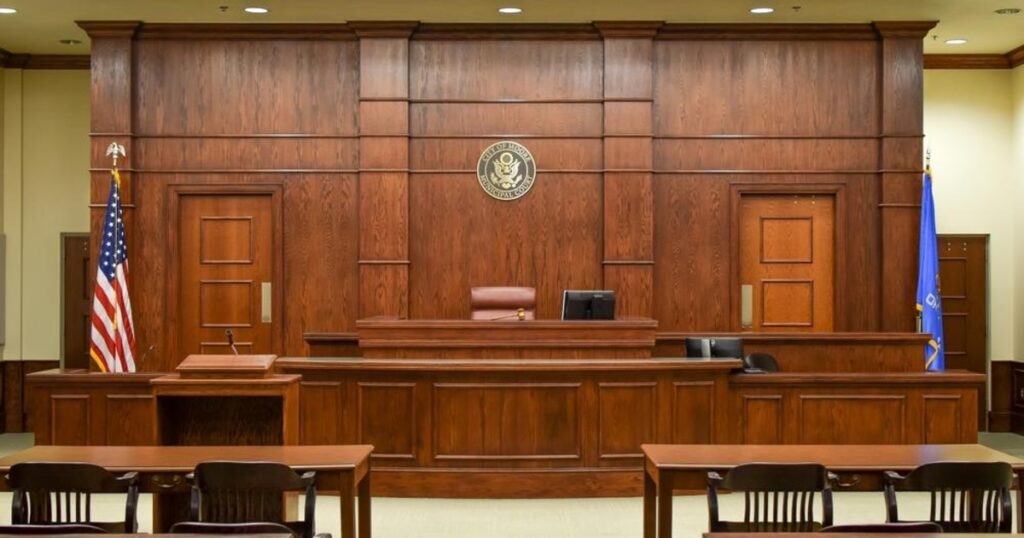
Security Measures in Courthouses
Safeguarding Legal Spaces
Given the potential for violence, security measures are paramount in American courthouses. Many urban courthouses implement security checkpoints similar to those found in airports. These measures include X-ray scans and metal detectors for incoming individuals. High-crime areas may even have redundant layers of security to ensure the safety of all participants and visitors.
Conclusion
Courthouses represent more than just physical structures; they embody the ideals of justice, fairness, and accountability. These buildings stand as witnesses to legal history and societal progress. From their architectural diversity to their role in popular culture, courthouses continue to shape the narrative of law and order in societies around the world.
FAQs
- What is the primary purpose of a courthouse? Courthouses serve as spaces for legal proceedings, trials, and hearings, facilitating the pursuit of justice.
- Are courthouses only found in the United States? No, courthouses exist in various countries, each with its own architectural styles and legal traditions.
- Do all courthouses house county government offices? While many courthouses accommodate county government functions, this isn’t the case for all of them.
- How have courthouses influenced popular culture? Courthouses are often depicted in movies and TV shows, becoming symbols of justice in American culture.
- What security measures are commonly found in courthouses? Courthouses implement security checkpoints with X-ray machines and metal detectors to ensure safety within the premises.



